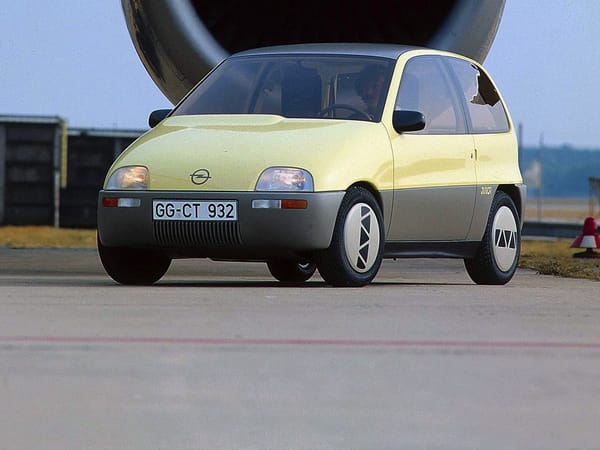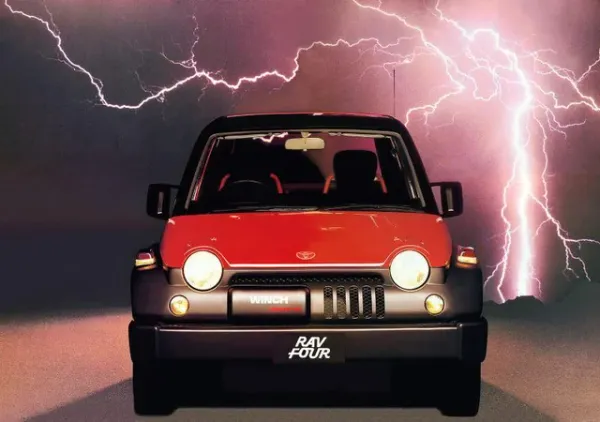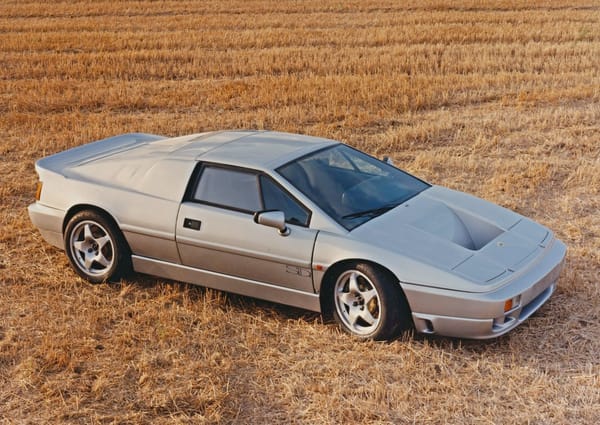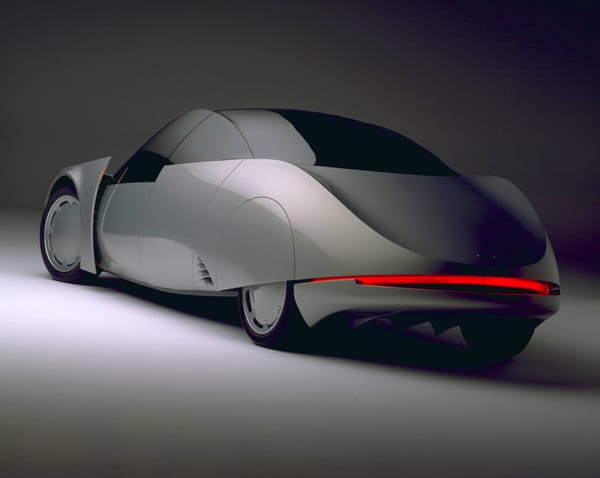Simca Fulgur
Car of the Day #47: 1958 Simca Fulgur
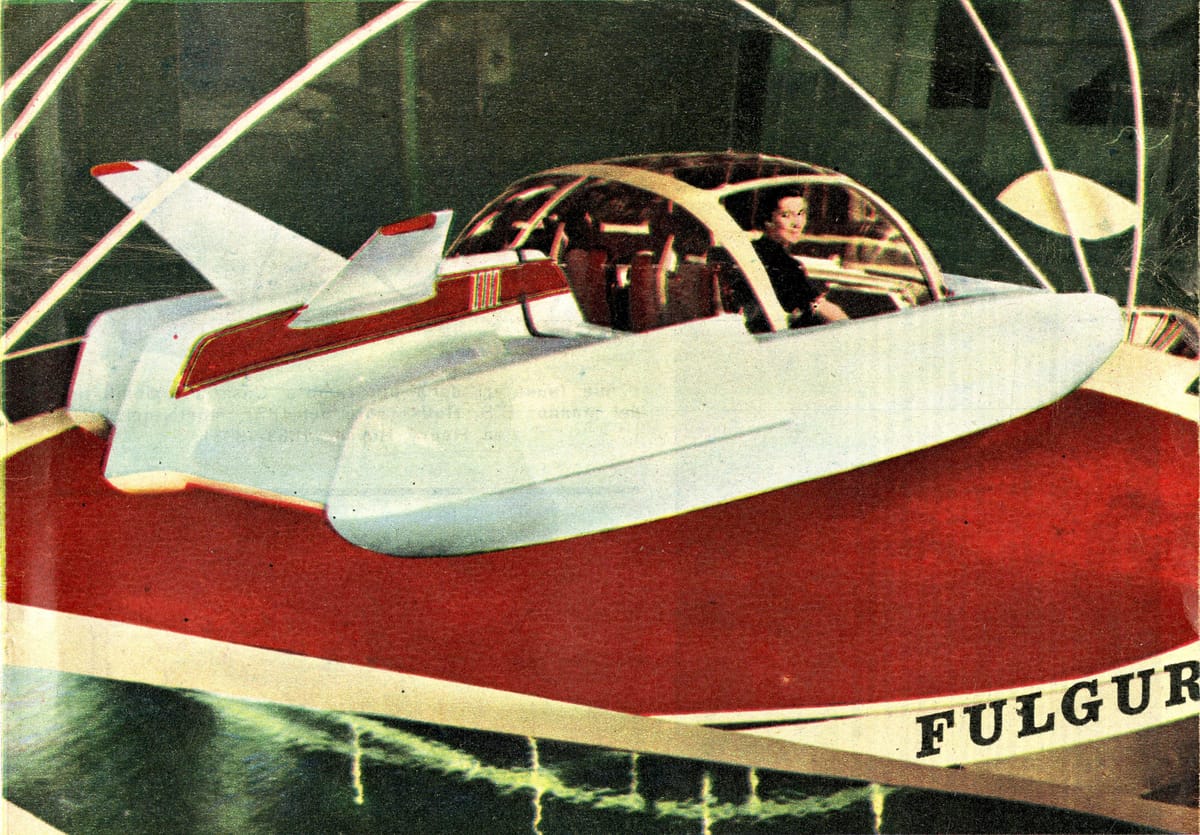
Best. Concept. Ever… Probably…Maybe?
This wasn’t really a real car. And that makes me sad.
But 1958, it seems, was a far simpler time, when the automotive companies were the world's most cutting-edge purveyors of far-out concepts and forward-thinking features. Cars today are better in every measurable way, that’s not arguable.
When you see a concept car from 50, 60, 70+ years ago, I have a feeling that the designers and engineers fully expected their visions to eventually come true.
Soon-to-be-notable French designer Robert Opron was just 26 when he penned the Fulgur — Latin for “flash” — his very first groundbreaking design in a career that gave us some of the world's most futuristic vehicles.
His work included the Citroën SM, GS, and CX; the Renault Fuego, 9, 11, and 25; and the later, facelifted Alpine A310. From his earliest concept to his last design, Opron was one of the very best at the use of glass and clear plastic to give his designs a more refined look—the SM’s covered headlights and the Fuego’s complex glass hatch are among my favourite details on any car.
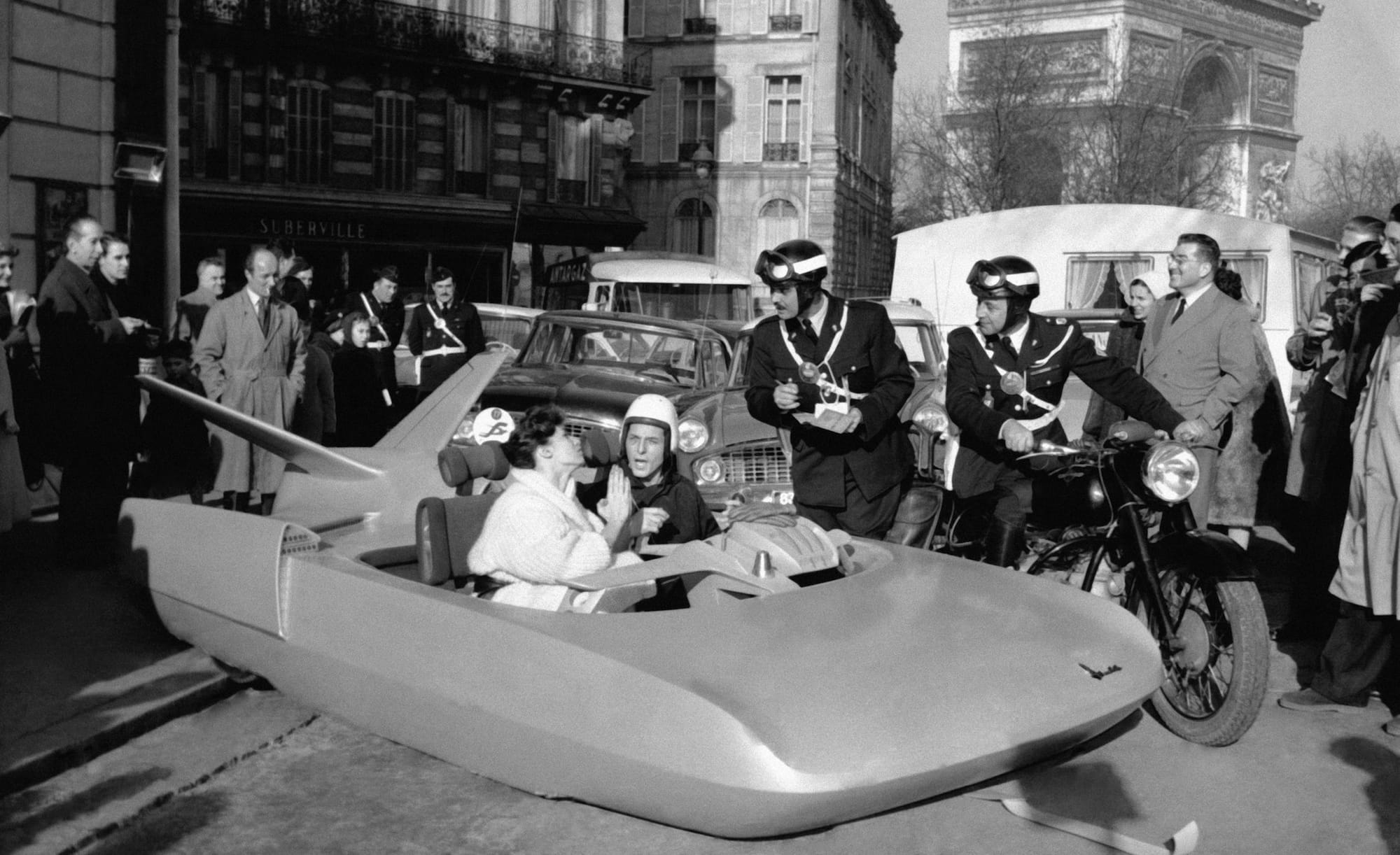
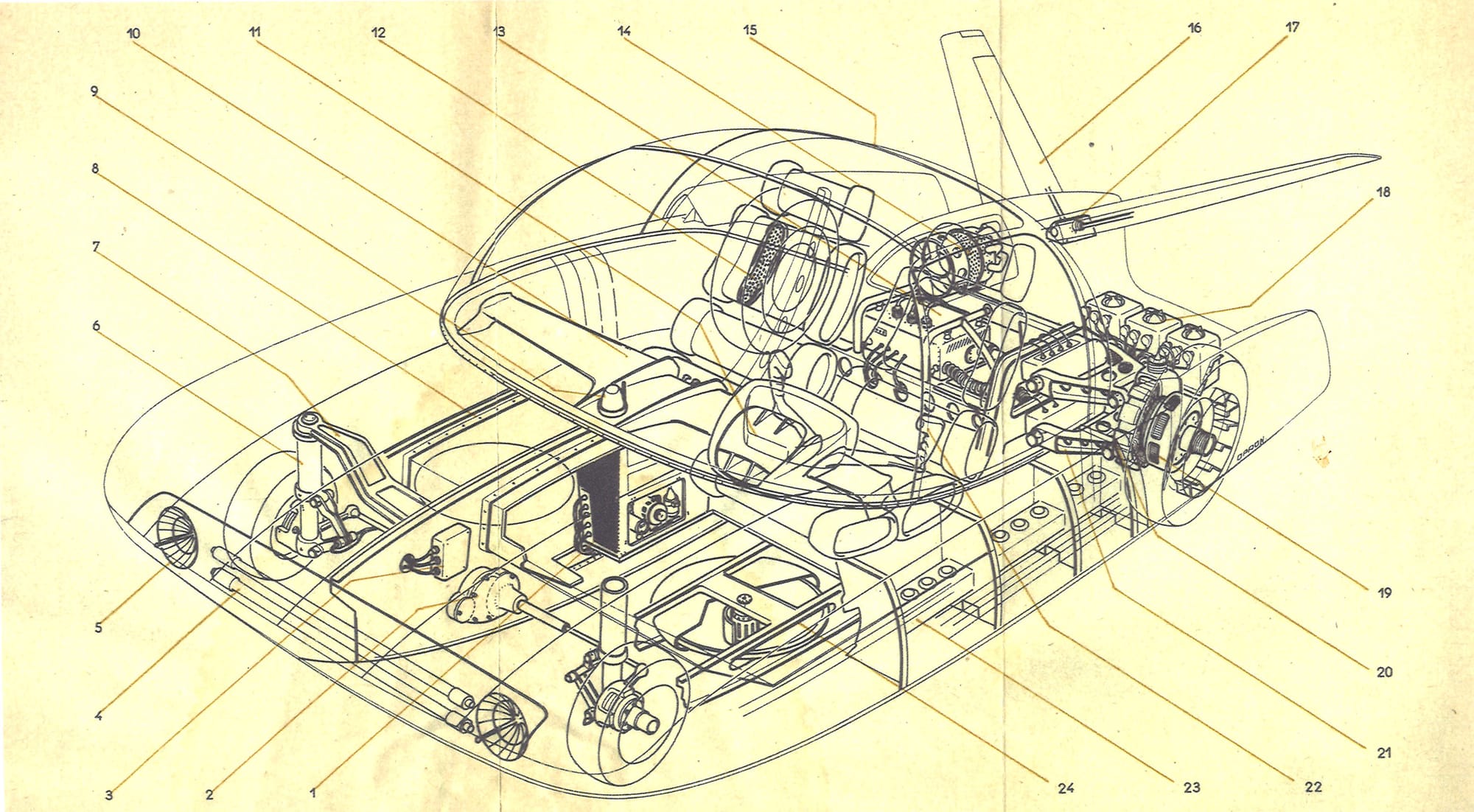
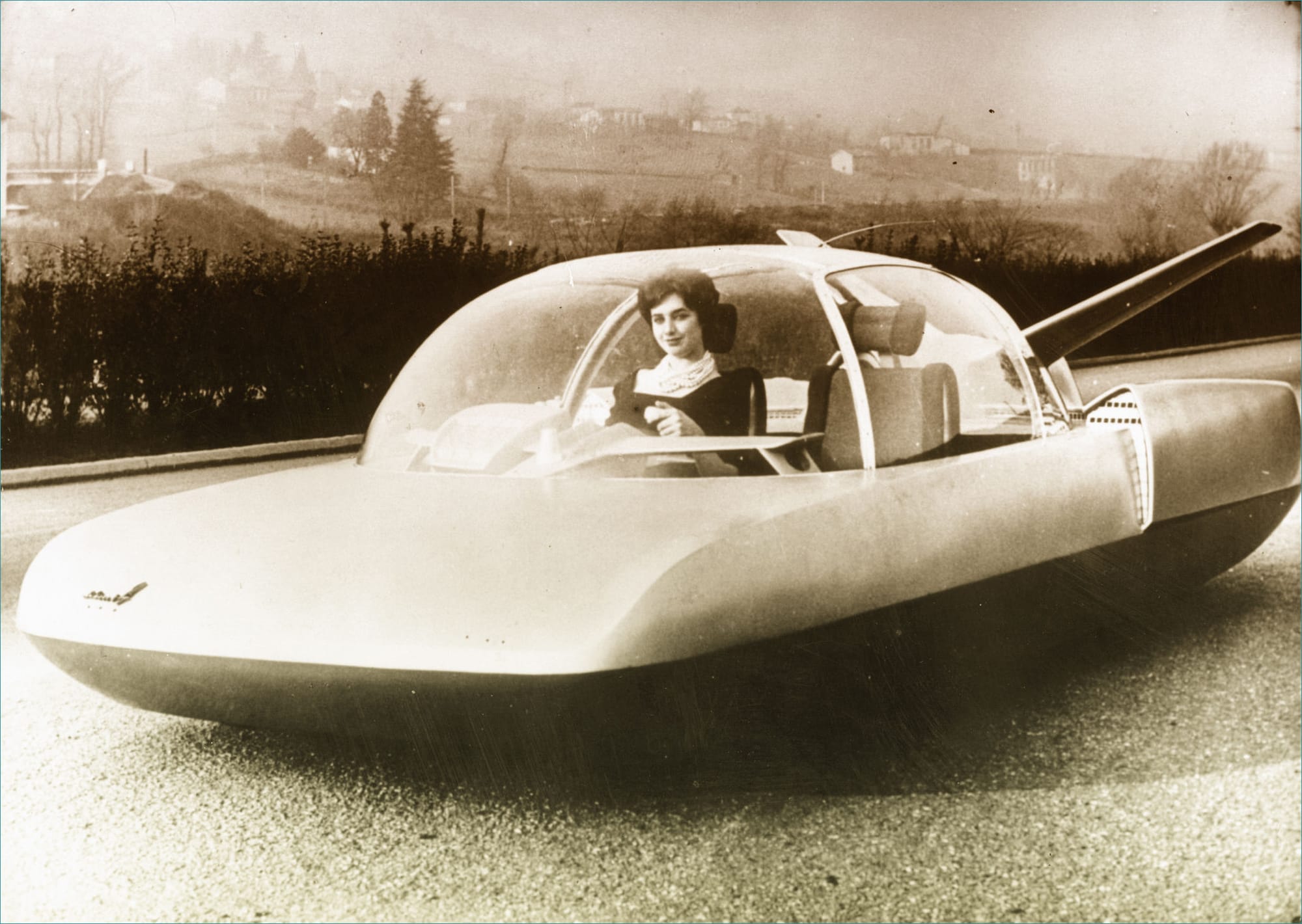
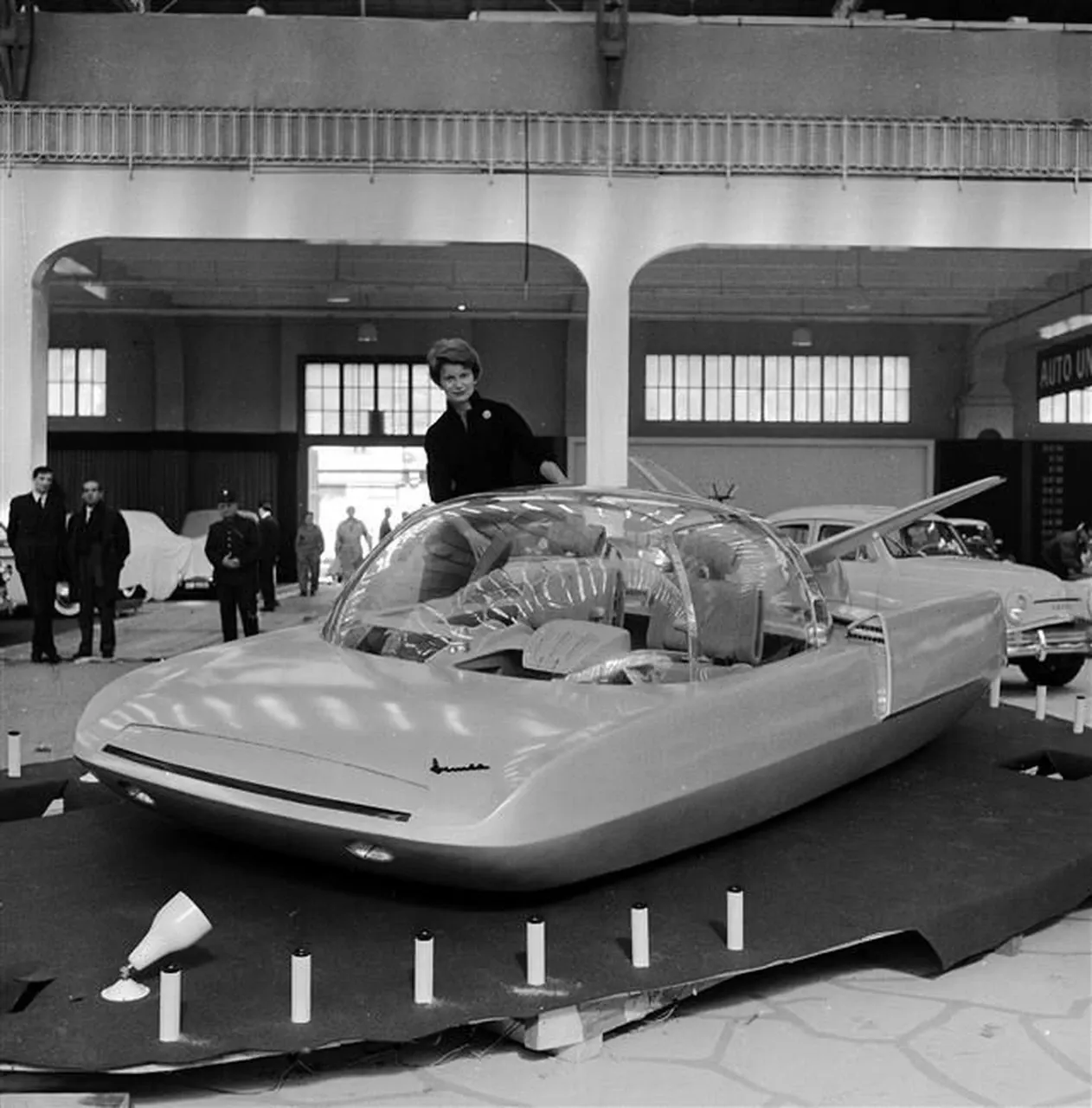
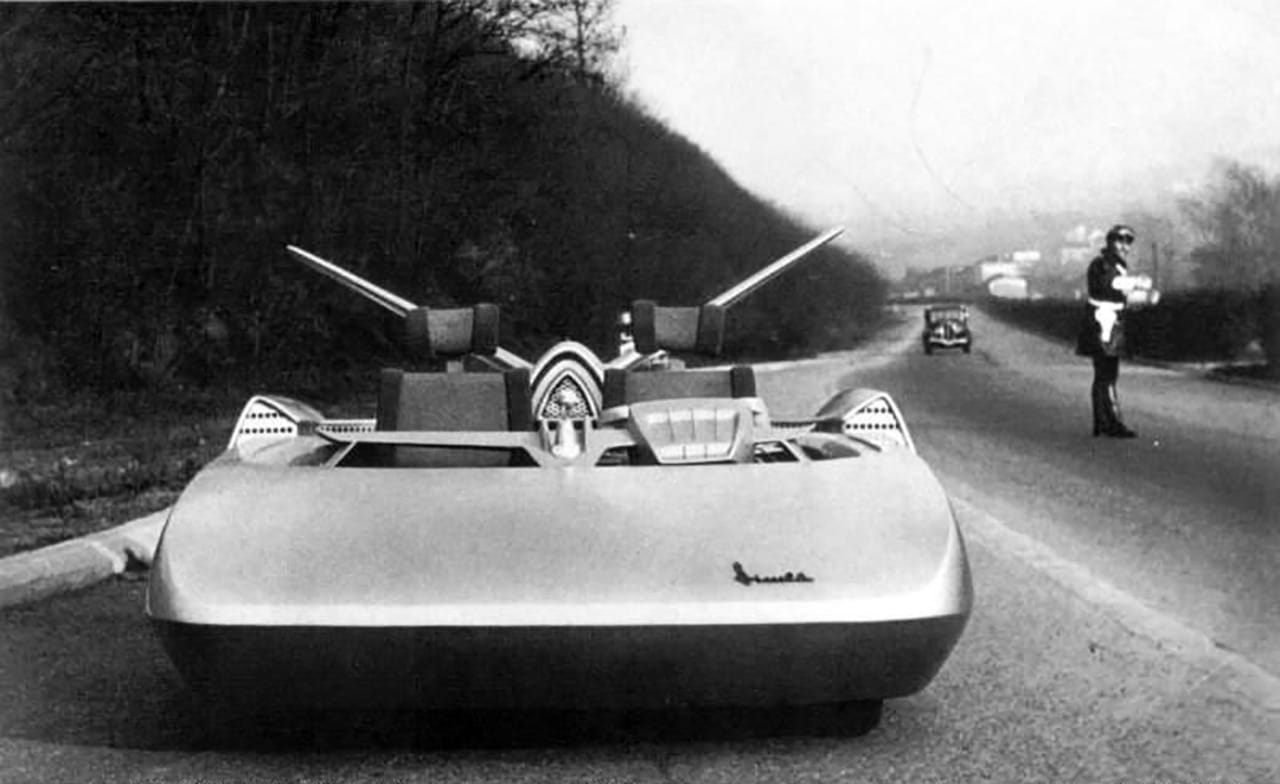
• via driventowrite.com, source unknown
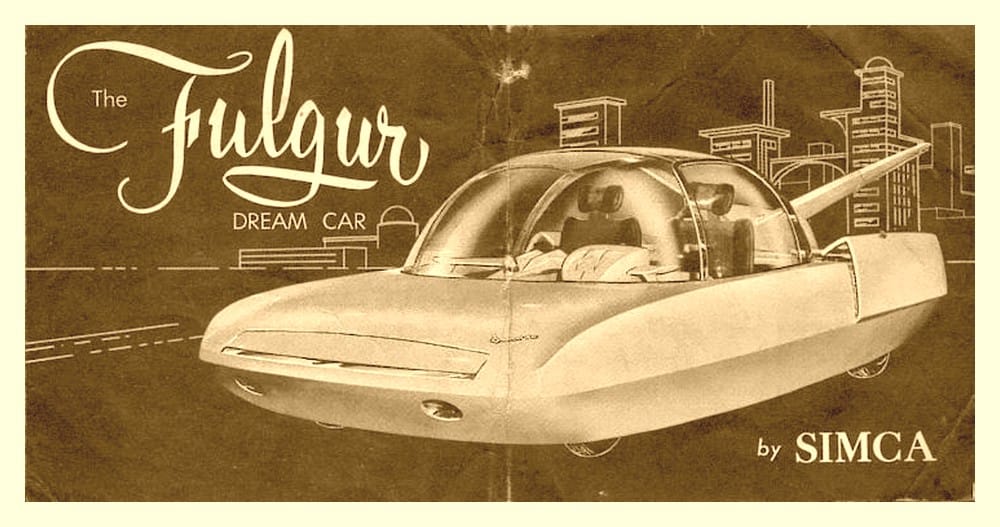
Like the Ford Nucleon styling mock-up, the Fulgur was to be atomic-powered.
These days, we can all chuckle at a car accident that removes entire towns from the map, but in the late 1950s (as well as in recent Hollywood history), nuclear power didn’t bomb — pun intended — some designers expected everything to be powered by splitting atoms within their lives.
What gets me is that the Fulgur looks like it was a functional mock-up (minus the nuclear reactor, of course); there are photos of it in towns and on highways, with curious onlookers wondering what the hell they were looking at. In one photo of the Fulgur, it looks like police are giving its pilot a ticket, though more likely a publicity stunt.
A reactor was to power electric motors that drove the rear wheels; and like the Gyro-X (but not quite), above a certain speed the two front wheels retracted in order to reduce rolling resistance, with the Fulgur left powering along, gyroscopically stabilized on its rear wheels. The large fins out back were to steer and keep the front end off the ground at speed. Gnarly!
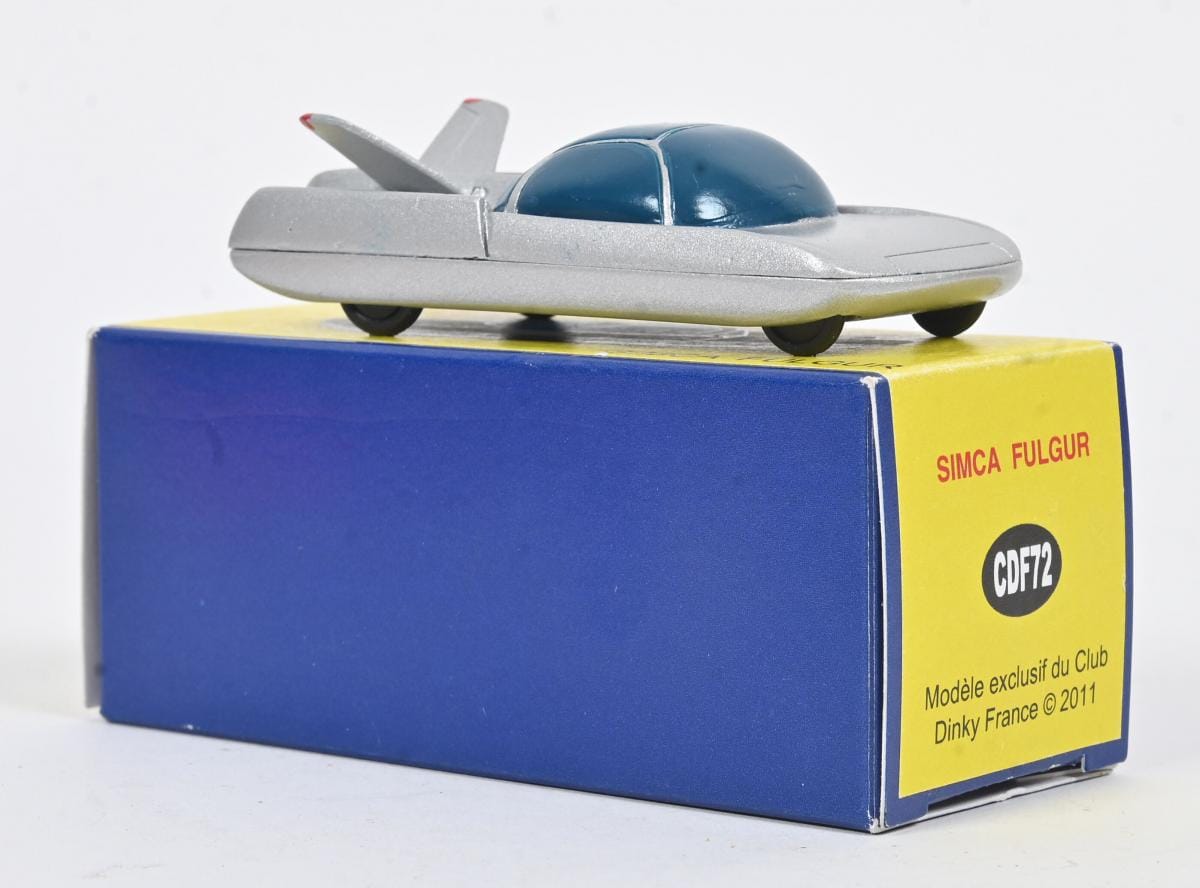
Also novel was the idea that it could be controlled by speech instructions picked up by an “electronic brain” — presumably the vision was akin to today’s driverless cars.
Fun to look at today: the chrome detailing around the bubble top in particular is beautifully done, however I can’t help but be sad that the early 2000s were more Ford Focus than Simca Fulgur.
Just don’t think too hard about what would happen if a fully functional, atomic-powered Fulgur had to stop at speed, with its front wheels retracted up into the bodywork.
Surely no less scary an end than fumbling through a centre screen in search of emergency flashers, or becoming distracted and hitting something, thanks to the in-car software suddenly disconnecting your phone in the middle of delivering crucial route guidance.
The Fulgur wasn’t real then, but you have to admit: seeing one glide by would have been unforgettable.
As with all of the best French cars, possibly unsurvivable as well.
SUPPORTING MEMBERS
Thank you to my supporting members: Brad B., Chris G., Daniel G., Damian S., Daniel P., Ingrid P., Karl D., Luis O., Michael J., Michael L., Michelle S., Mike B., Mike L., Mike M., Richard W., Sam L., Wiley H.


